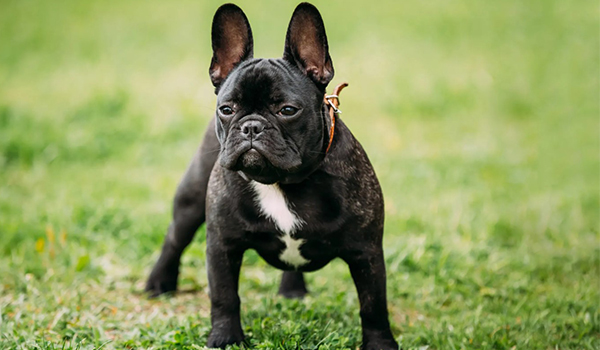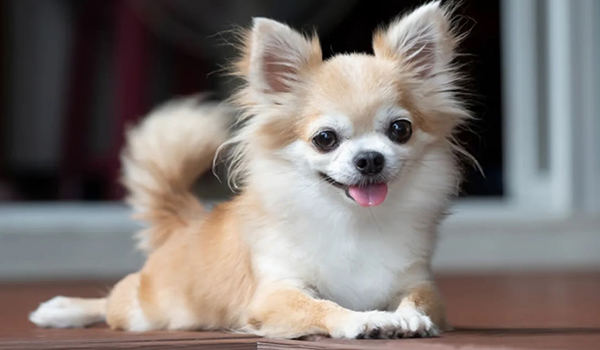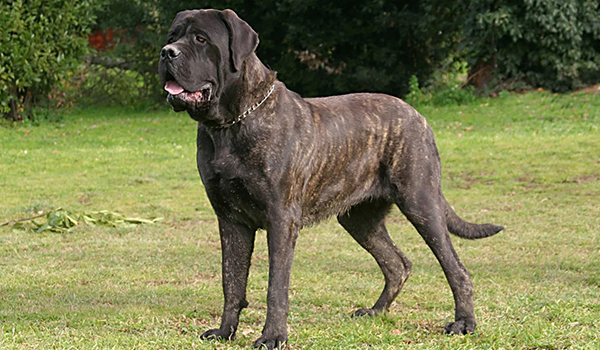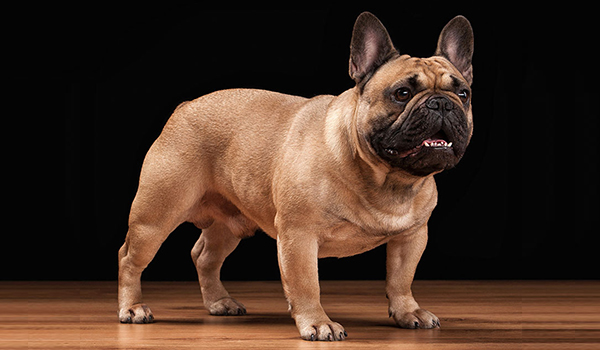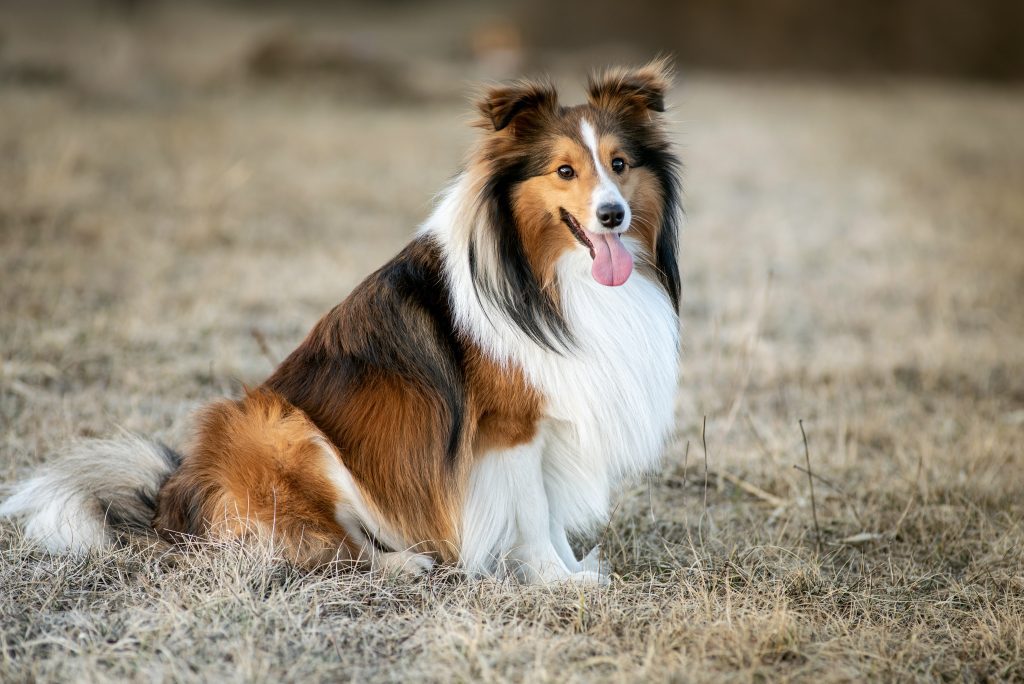
The Shetland Sheepdog, or “Sheltie,” is the epitome of canine intelligence, beauty, and loyalty. With their stunning, lush coat, expressive face, and graceful agility, they are often mistaken for a miniature Rough Collie. But the Sheltie is a distinct breed with a huge personality packed into a small, manageable frame. Bred for brains and hard work, they are brilliant, trainable, and deeply devoted companions.
This comprehensive guide will explore everything a future owner needs to know about the Shetland Sheepdog, from their herding heritage to their specific care needs, to help you decide if this sensitive and energetic breed is the right fit for your home.
Breed Overview
- Group: Herding
- Height: 13 – 16 inches (at the shoulder)
- Weight: 15 – 25 pounds
- Life Span: 12 – 14 years
- Coat: A magnificent double coat with a long, straight, harsh outer coat and a soft, dense undercoat. It forms a magnificent mane and frill around the chest and neck. Colors include sable (from golden to mahogany), black, and blue merle, all with varying white and/or tan markings.
A Brief History: The Little Dog of the Isles
The Sheltie originated on the Shetland Islands of Scotland, a harsh environment where small, sturdy, and intelligent animals were valued. They were bred to be small, agile herders for the diminutive sheep and ponies of the islands, needing intelligence and bark to control livestock without the expense of feeding a large dog.
Their exact ancestry is unclear but likely includes small, intelligent herding dogs from the mainland crossed with Scandinavian Yakkin dogs. After being brought to mainland Scotland and England in the early 20th century, they were likely crossed with the Rough Collie to help standardize their appearance, leading to the resemblance we see today. They were recognized by the AKC in 1911.
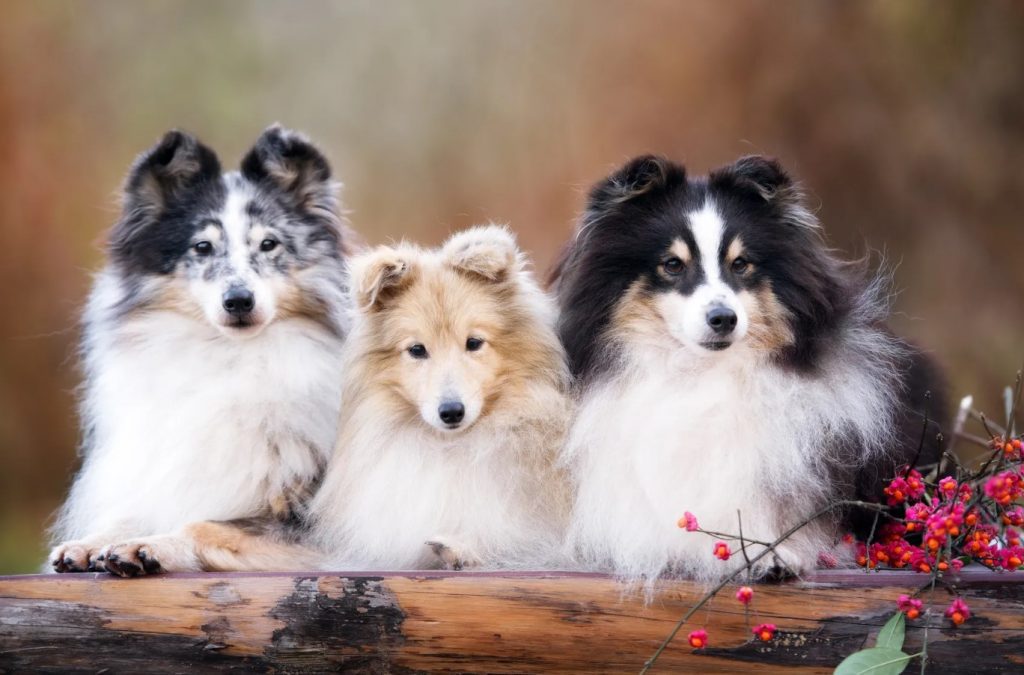
The Shetland Sheepdog Temperament: Bright, Loyal, and Watchful
The Sheltie’s temperament is a blend of keen intelligence, unwavering loyalty, and a gentle nature. They are true herding dogs at heart.
- Intelligent & Highly Trainable: Shelties are consistently ranked among the most intelligent dog breeds. They learn commands with astonishing speed and excel in obedience, agility, and herding trials. They thrive on mental challenges.
- Loyal & Family-Oriented: They form deep, devoted bonds with their families and are often reserved with strangers. They are true companions who want to be involved in all family activities.
- Gentle & Playful: With their families, they are affectionate, playful, and generally excellent with children. Their herding instinct is strong, so they may try to “herd” running children or other pets by nipping at heels.
- Alert & Vocal: They are excellent watchdogs with a tendency to be vocal. They will bark to alert you to visitors, strange noises, or squirrels in the yard. Training is needed to manage excessive barking.
- Sensitive & Perceptive: Shelties are highly attuned to their owner’s moods and emotions. They are sensitive souls who do not respond well to harsh discipline or a chaotic household. They thrive on gentle guidance and positive reinforcement.
Caring for Your Shetland Sheepdog
Exercise: A Sharp Mind Needs a Tired Body
While not as high-energy as a Border Collie, Shelties are active dogs that require daily physical and mental stimulation.
- Daily Requirements: At least 30-60 minutes of dedicated activity daily.
- Types of Exercise: This should include:
- Brisk Walks and Play: Leashed walks and active play sessions in a securely fenced yard.
- Mental Work: This is crucial. Training sessions, learning new tricks, puzzle toys, and dog sports like agility or rally are perfect for them.
- A Job is Appreciated: They are happiest when they have a purpose, whether it’s a formal dog sport or a “job” like learning the names of their toys.
Grooming: A Commitment to the Coat
That beautiful double coat requires regular maintenance to keep it healthy and mat-free.
- Brushing: Brush 2-3 times a week with a slicker brush and a metal comb to prevent mats and tangles, especially in the feathered areas behind the ears, legs, and tail. During their biannual “coat blow,” daily brushing is necessary to manage the shed undercoat.
- Bathing: Bathe every 4-6 weeks or as needed. A thorough brush-out before the bath is essential to prevent mats from forming.
- Other Needs: Regular ear cleaning, nail trimming, and keeping the hair between the foot pads trimmed.
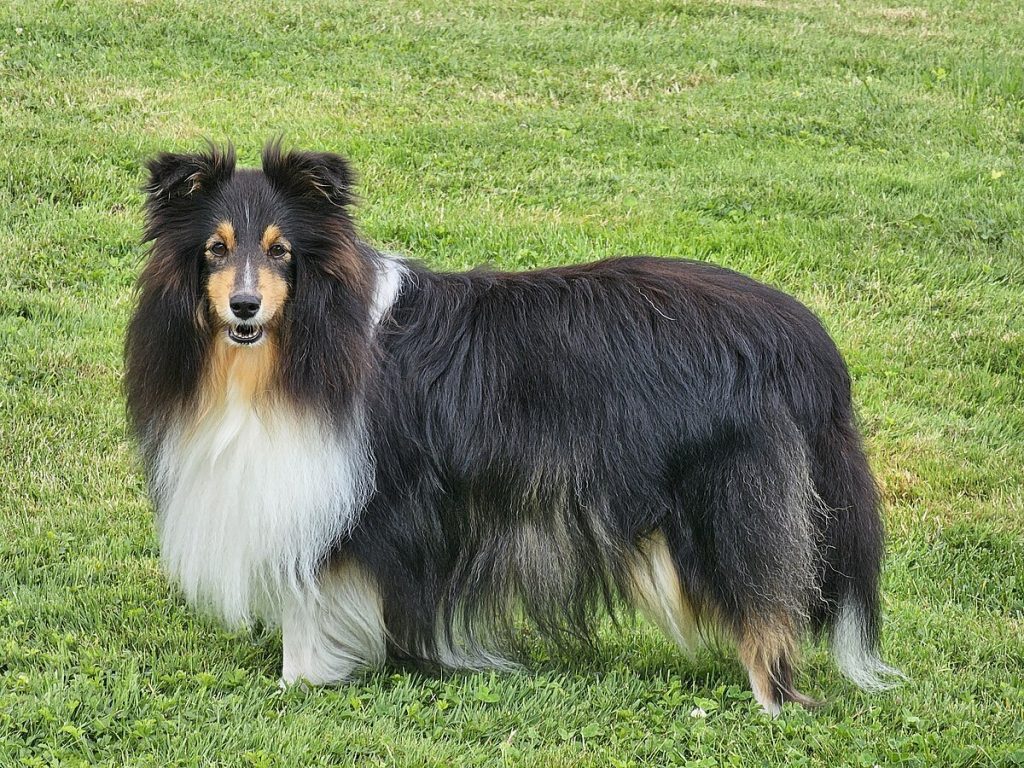
Training: A Joy for the Right Owner
Training a Sheltie is typically a rewarding experience due to their intelligence and desire to please.
- Start Early: Begin socialization and puppy training immediately. Expose them to a wide variety of people, places, and sounds to build a confident, well-adjusted dog and prevent shyness.
- Use Positive Reinforcement: They are sensitive and respond brilliantly to reward-based training with treats, praise, and play. Harsh corrections will frighten them and damage their trust.
- Keep it Fun and Varied: They learn quickly and can become bored with repetition. Keep training sessions short, challenging, and fun.
- Manage Barking: Teach a “quiet” command from a young age to control their alert barking.
Health: What to Be Aware Of
Shelties are generally a healthy breed, but they are prone to certain genetic conditions. Reputable breeders test for these.
- Collie Eye Anomaly (CEA): A common inherited eye disorder that can range from mild to severe, sometimes causing blindness. A DNA test is available.
- Hip Dysplasia: A malformation of the hip joint that can lead to arthritis.
- Dermatomyositis: An inherited inflammatory disease that affects the skin and muscles.
- Hypothyroidism: A manageable thyroid disorder.
- Multidrug Sensitivity (MDR1): A genetic mutation that causes severe reactions to certain common drugs (e.g., Ivermectin). A simple DNA test can identify this.
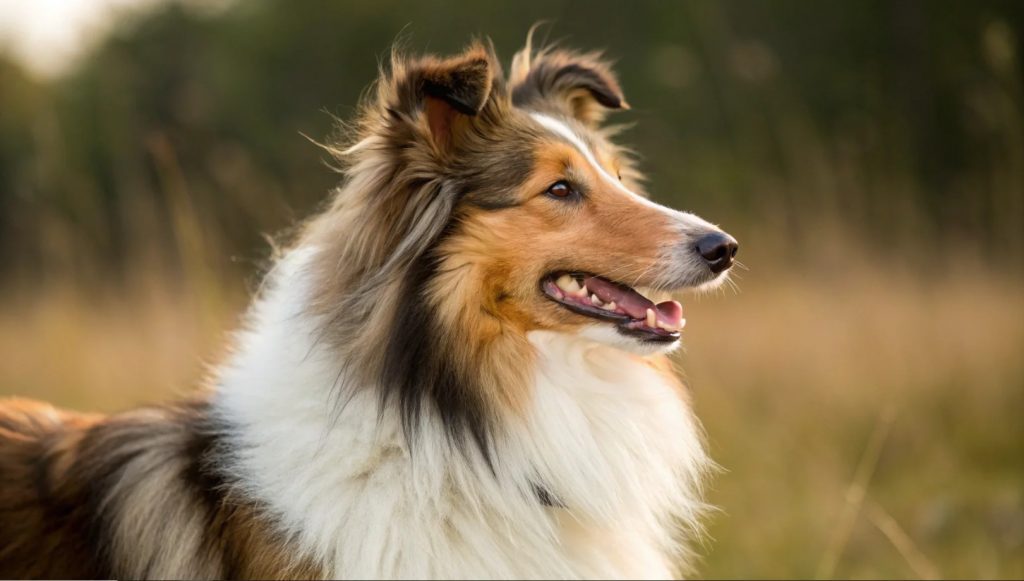
Is a Shetland Sheepdog Right For You?
A Shetland Sheepdog might be your perfect match if you:
- Want a highly intelligent, trainable dog for activities or sports.
- Are looking for a loyal, affectionate family companion that is good with children.
- Have time for regular grooming and daily mental stimulation.
- Appreciate an alert watchdog.
- Prefer a sensitive dog that responds to gentle, positive training.
You might want to reconsider if you:
- Want a completely quiet, low-energy lap dog (they bark and have energy to burn).
- Have a very loud or chaotic household.
- Are away from home for long hours regularly (they can develop separation anxiety).
- Are unprepared for the commitment of regular brushing.
Finding Your Shetland Sheepdog
- Reputable Breeders: Choose a breeder who prioritizes health and temperament. They should perform health tests on their breeding dogs (DNA tests for MDR1 and CEA, OFA hips, and eye clearances).
- Rescue & Shelters: Sheltie-specific rescues are common. Many wonderful dogs of all ages are in need of homes. Adopting an adult can be a fantastic way to know the dog’s exact personality and grooming needs.
Understanding the Cost: The initial purchase price from a reputable breeder in the U.S. typically ranges from $1,000 to $2,500+. Prospective owners should also budget for routine grooming (either supplies or professional help), high-quality food, training, and preventative healthcare.
Bringing a Shetland Sheepdog into your life means welcoming a dose of elegance, intelligence, and unwavering devotion. In return for your care and mental engagement, you will gain a loyal companion whose sharp mind and loving heart will bring joy and activity to your home for many years.

